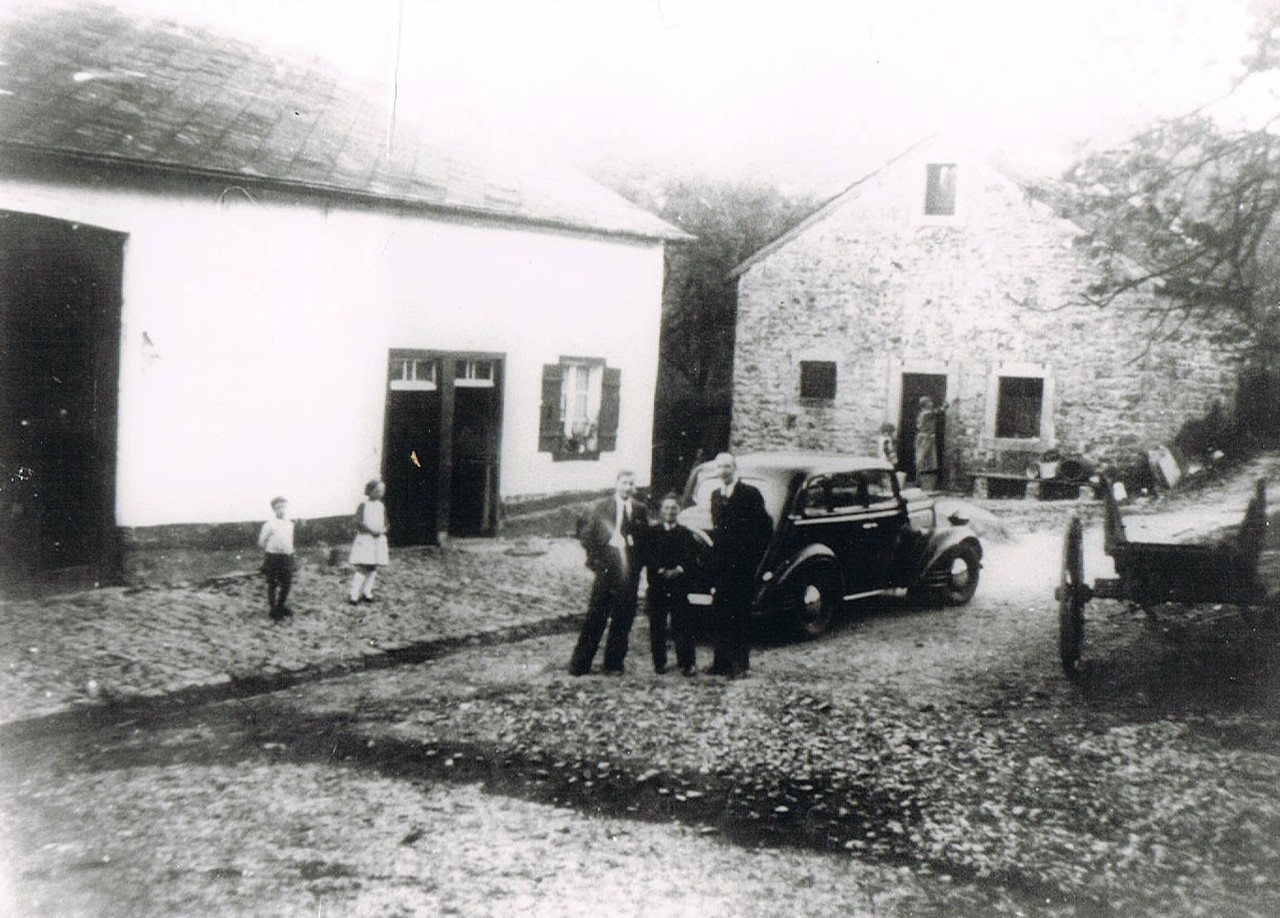Laid l’Oiseau is believed to have originated in the Middle Ages within the hunting grounds of a local lordship. Due to its remote location, it served as an ideal hiding place for the Resistance during the war. On the eve of the region's first liberation, local Resistance members were surprised by retreating German troops approaching the houses. They quickly had to flee before being spotted.
While the inhabitants and the two nurses present evacuated the area urgently, one of the Resistance fighters opened fire on the German soldiers, killing one of them. The soldiers retaliated but did not hit anyone. The Resistance fighters managed to escape through the valley behind the houses, narrowly avoiding the massacre. Enraged, the German soldiers decided to take revenge and set the village on fire with grenades.
The consequences were dramatic for the unfortunate inhabitants as nothing remained of their properties. Today, only a few wall sections and piles of stones are still visible.
Where there were once three farms with their gardens, crops, and pastures, the area has been overtaken by vegetation and a forest of spruce trees planted later. Clean-up efforts at the site reveal cobblestones, remnants of the old road leading to the hamlet. On-site, a sign provides information about its origins, and a plaque on the sheepfold, rebuilt by a volunteer, commemorates the events.
